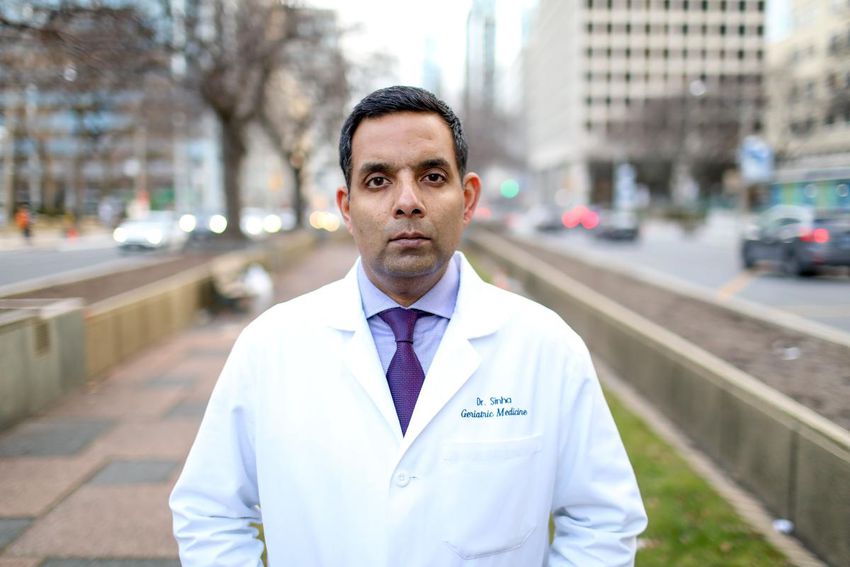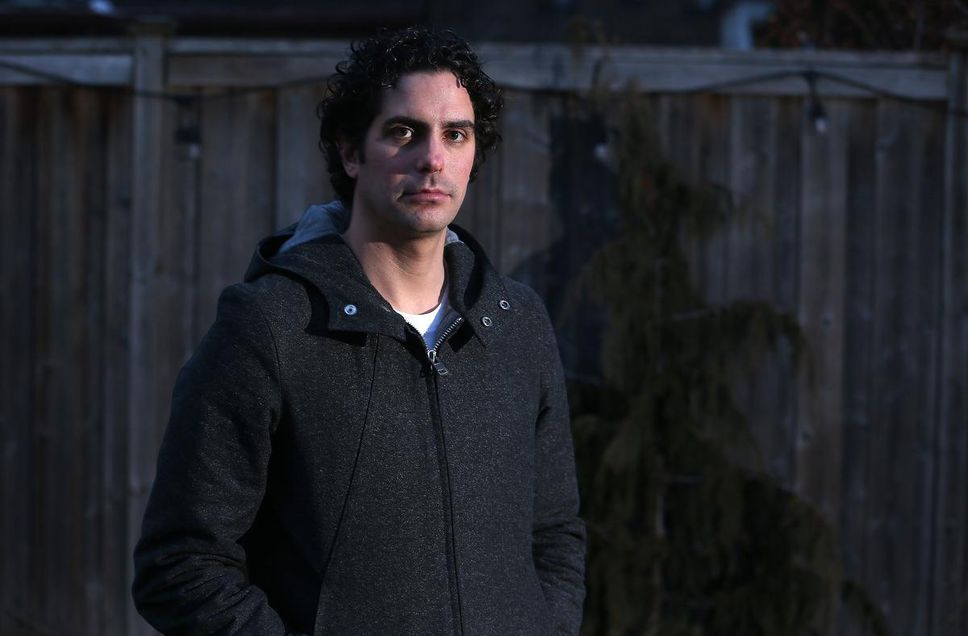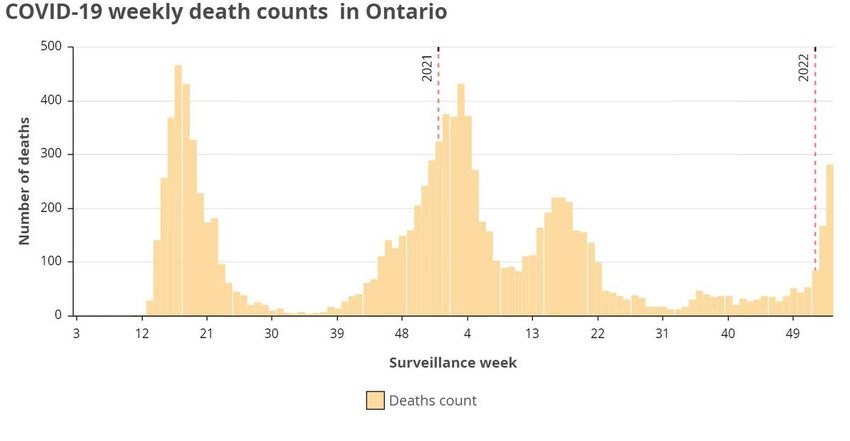Ontario has reported more than 1,000 new deaths from COVID-19 since December 1, increasing the province’s total toll in the province to more than 11,000.
That figure will continue to climb for weeks, even if some evidence shows that we may be at or near the peak of the Omicron-powered fifth wave.
One researcher predicts that by spring it could be the deadliest part of the pandemic in Ontario.
Meanwhile, the province has the largest number of COVID hospitalizations, more outbreaks in long-term care than ever before and the shortage of staff in the healthcare sector.
This, despite widespread vaccine coverage and a presumably softer new variant, the overall effect of which is anything but.
“What is soft about any of this?” the dr. Samir Sinha, director of geriatrics at Sinai Health and the University Health Network, asked.
But the current situation, caused by Omicron’s increased contagion, could have been avoided, Sinha said, adding that the story of this wave of the Ontario pandemic is one of ‘missed opportunities’ not to roll out faster booster shots for those at the highest risk.
“I think at the moment we are seeing the devastating consequences of just not being as proactive as we should have been,” he said.
The early narrative of Omicron’s relative meekness may have led to both policymakers and individual people not being as vigilant as they could have been, Sinha said.
“We may have persuaded ourselves not to do everything we can to better support our population in general, but especially our oldest citizens.”
As was the case throughout the pandemic, older adults are still the vast majority of deaths due to COVID-19. More than half of the deaths in Ontario since Dec. 1 have been people 80 years or older, while 90 percent have been 60 or older, reflecting the pandemic as a whole.
Sinha said we did not make it easy enough for older people – especially those living in the community rather than in long-term care or retirement homes – to get their booster doses before Omicron hit.
“Then we had the situation in December where older people competed with younger people (for booster shots), and we really wasted a lot of valuable time,” he said.
“Maybe it’s because we looked at this population as one who lives on borrowed time, and honestly is not a priority, but if it was children who were in danger, we would have reacted so slowly and in such a patchwork quilt. fashion?”
Dr. Nathan Stall, one of Sinha’s colleagues at Sinai, said that when considering the gentleness of Omicron, it is important to distinguish between what is happening at the patient and system level.
“At the individual patient level, it is true that Omicron can cause a milder disease and we now have accumulated evidence to suggest that,” he said. “But at the macro level – at the system level and at the societal level – Omicron is anything but soft.”
So unlike this wave of previous ones, Stall said, it remains a pandemic, mainly from the unvaccinated and under-vaccinated.
“If it was like wave one, without vaccines, it’s unthinkable what would have happened,” he said. “The vaccines are therefore still miraculous. But we must admit that it is not an insignificant amount of deaths. “
The province does not report deaths by vaccination status, but more than half of the people currently in intensive care in the province has one or fewer doses of a COVID-19 vaccine, despite making up only 11 percent of the province’s 12 and older population.
In other words, in hospital ICUs, there are currently 287.7 unvaccinated COVID-19 patients, per million residents of Ontario, compared to 24.2, per million, who received at least two doses, according to Ontario Science Advice Table.
Tara Moriarty, an researcher of infectious diseases at the University of Toronto, says we’re first starting to see the death toll from the Omicron wave in Ontario, which she predicts will actually be the deadliest of the pandemic.
“This is the very early stage,” she said. “It’s going to get much worse.”
Moriarty, who uses data from across the country to estimate future COVID-19 deaths, predicts that the number of daily deaths in Ontario – which averaged 48 last week – will “at least” double before it peaks.
That would exceed the highest death toll in one day in Ontario – 84 on April 19, 2020.
Moriarty said the total number of reported deaths in the current wave will “almost certainly” exceed the more than 2,800 that occurred in the first wave in early March. By spring, she said, the total would exceed the more than 4,100 that occurred in the second wave.
“I see no signs of a short, sharp peak.”
(Moriarty’s estimates, which she publishes on Twitterwas not peer-reviewed.)
Sinha, who called on the province to update the meaning of “fully vaccinated”, said the description of two doses as “fully vaccinated” gave some of his patients the impression that they would be fine. without a booster.
“I had many older patients who said, ‘I was fully vaccinated, let someone else get that third dose. I do not want to be greedy, ‘because I do not realize that the third dose can be the difference between life or death.’
He said one of his patients, a man in his 90s who had not yet received a booster dose, was recently admitted to the hospital.
“All I can do now is just to comfort the family and say they are in the right place. … But we are not sure my patient will get it right, because it is the reality that we do not get doses out fast enough, especially booster doses. ”
JOIN THE DISCUSSION
Reference-www.thestar.com


